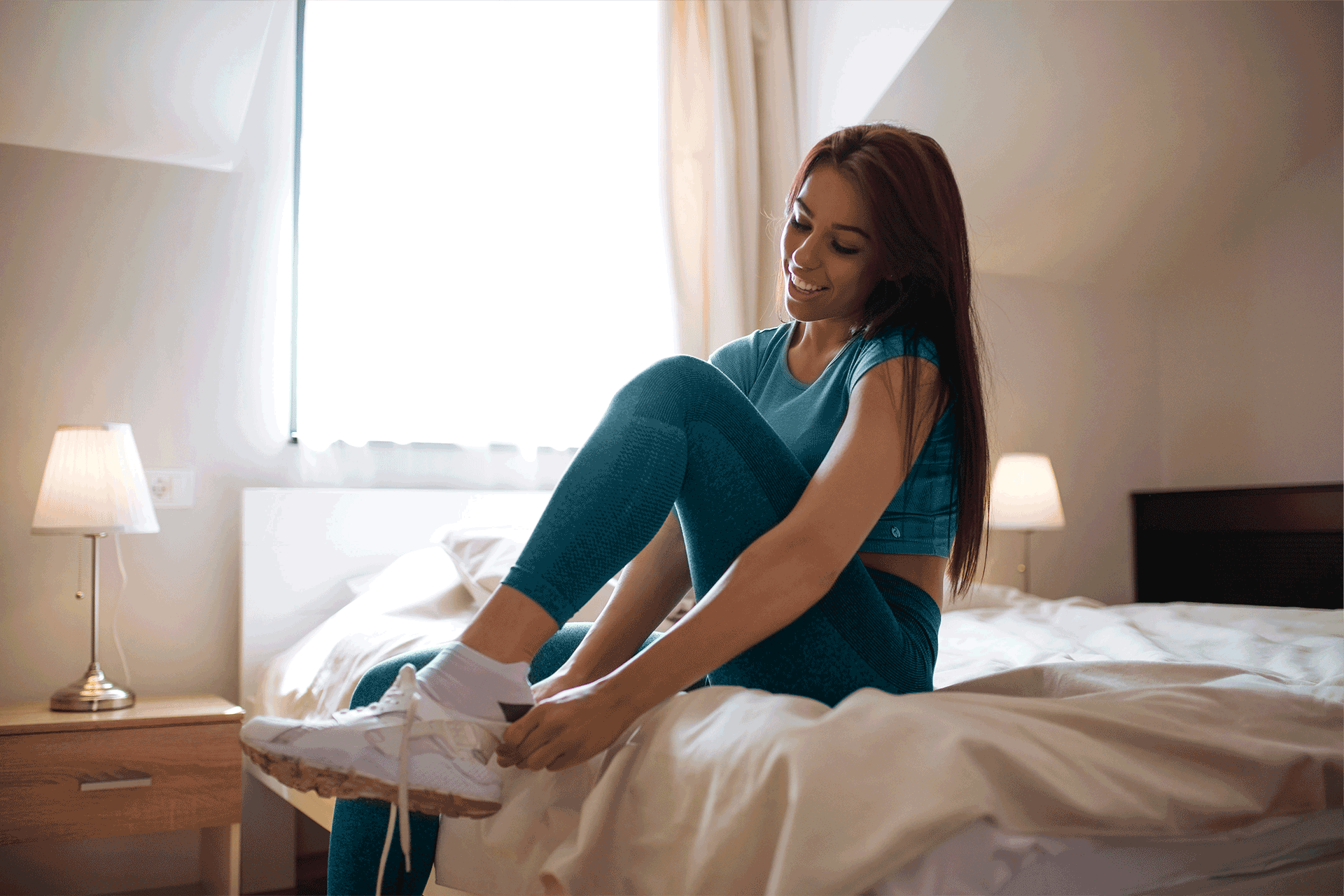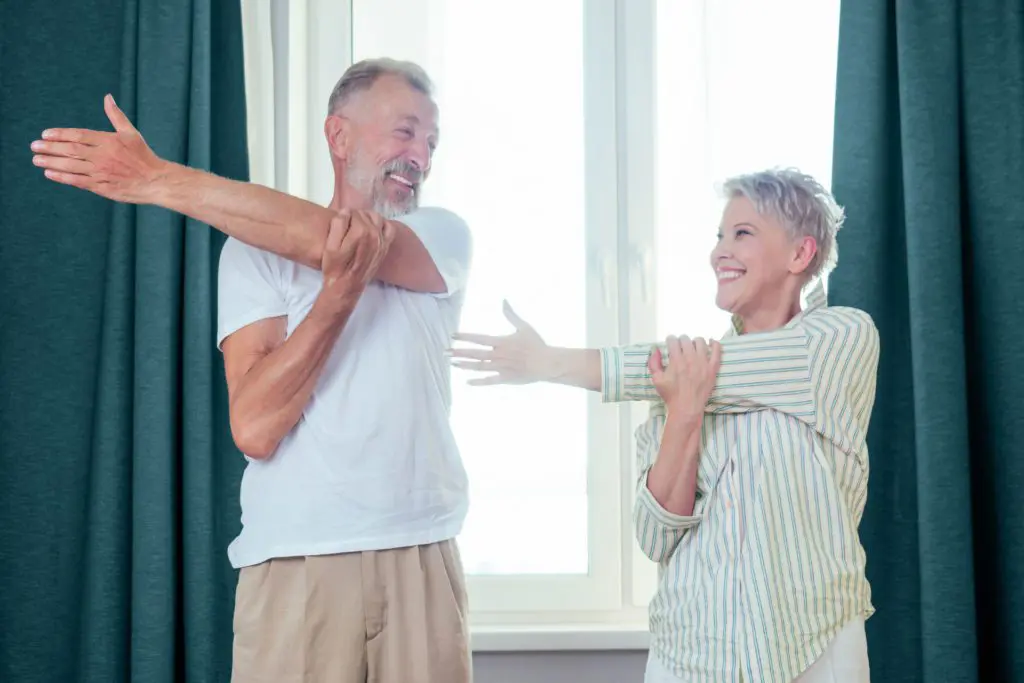By no means is exercise a depression cure-all. But plenty of research has shown that exercise can reduce or even prevent symptoms of depression. Among people with depression and similar health conditions, exercise appears to have substantial mental health benefits. For instance, a review published online in August 2019 in the Journal of Neurology found that exercise can significantly improve depressive symptoms and quality of life when used as an add-on therapy to usual treatment. Researchers also noted that the more exercise, the better.
There are multiple factors that makes a fitness routine an excellent addition to your depression treatment plan. Biologically, exercise can increase certain chemicals in the brain that can help form new brain cells and new connections between brain cells. In addition to the direct effects exercise has on the brain, other physical changes that occur with exercise, such as cardiovascular fitness and improved metabolic health, promote brain health indirectly. Psychologically, exercise is a great way to improve self-esteem and self-efficacy, as there are small goals, such as walking or running a certain distance or for a certain amount of time, that you can work toward achieving. And socially, particularly when done in a class setting or with a friend or partner, exercise can strengthen your relationships with others. If you need help becoming more active or if you simply want to try new activities, here are seven great exercises that can help ease depression symptoms.
Go For a Run
The sense of euphoria from runner’s high that many athletes report experiencing is thought to be due to the release of endorphins in the brain in response to sustained physical activity. Endorphins reduce your perception of pain and trigger a positive feeling in the body. Running can also make you feel better overall by decreasing muscle tension, improving sleep quality, and reducing anxiety.
Lift Some Weights
Multiple studies have shown that strength-training exercises can also help relieve symptoms of depression. Researchers have noted that adults who exercise with weights are less likely to develop depression than those who never exercise with weights. How do barbells and similar equipment brighten one’s mood? For people with mild to moderate depression, weight training can be a somewhat meditative practice. While you are weight training, your mind is focused on the task at hand and not thinking about anything else. Not to mention, there are other benefits, such as increased muscle definition, elevated blood flow, and hard work, all of which can improve your outlook and give you a deep sense of satisfaction when you reach your goals. Just be sure to start slowly and use the assistance of a personal trainer if needed.
Practice Yoga
Practicing yoga is another activity that can ease symptoms of depression, especially when combined with usual treatment, such as cognitive behavioral therapy, according to a study published in May 2019 in American Family Physician. Regularly practicing yoga has wonderful antidepressant effects in that it improves flexibility, involves mindfulness, increases strength, improves balance, and contains a meditative component. Start with a yoga class in your area so you can be sure that you’re doing the movements and poses properly. Group yoga offers social benefits, too.
Practice Tai Chi
Like yoga, tai chi is another Eastern tradition that might help ease life with depression. Specifically, this slow, gentle practice may help reduce stress and relieve symptoms of depression, according to a review article published in April 2019 in Frontiers in Psychiatry. Practicing tai chi in a group setting may also play a role in depression relief. A group class can reinforce a sense of autonomy and connectedness with others. You can also develop a social support network in an exercise class that you might not form when exercising alone.
Walk Regularly
Simply putting one foot in front of the other may be the trick to feeling better, that’s because walking is an aerobic exercise that’s suited for almost everyone. All it takes is a pair of comfortable, supportive shoes, and you’re ready to go. Experts suggest that doing something is better than doing nothing in terms of physical activity. If depression has made you sedentary, start off slowly and gradually increase time and distance.
Get a Healthy Dose of Sunlight
If you enjoy being outdoors, even simple activities such as gardening, throwing a ball around with your kids, or washing your car may do your mood some good. One reason may be that sunlight has been shown to facilitate increases in serotonin, a mood-supporting brain chemical. Choose whatever outdoor activity works for you, depending on your functioning level, energy, and preferences.
Try Bouncing
Having a hard time finding an exercise you enjoy? One simple strategy is to bounce! Jumping on a mini trampoline, also known as a rebounder, is a fun way to work your cardiovascular system without taxing your joints. Bouncing as quickly as you can for a few minutes is an easy way to oxygenate your brain and get some endorphins flowing. When bouncing on a trampoline, your brain will release serotonin as well as oxytocin, another mood- boosting brain chemical. The spike in neurochemicals will give the feeling of being happy and help with depression. Rebounding exercises also increase blood flow to muscles, loosen overused muscles, help you relax, and promote better sleeping patterns.
How to Get Started
For people with depression, starting an exercise routine may not be easy. It can be more difficult for people with depression to exercise because depression can reduce energy, cause body aches, increase pain perception, and disrupt sleep, resulting in less motivation to exercise. Experts recommend starting with five minutes a day of walking or any form of movement like yoga or tai chi. As you get into shape, you’ll begin to look forward to these relaxing breaks in your day and enjoy it more and more. You’ll gradually see the amount of time you spend exercising will start to increase.










